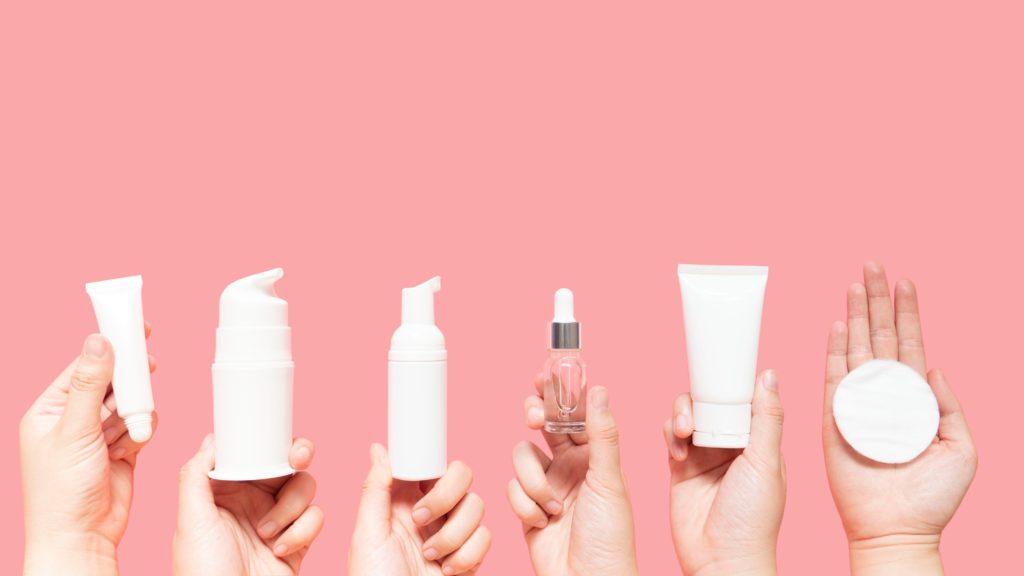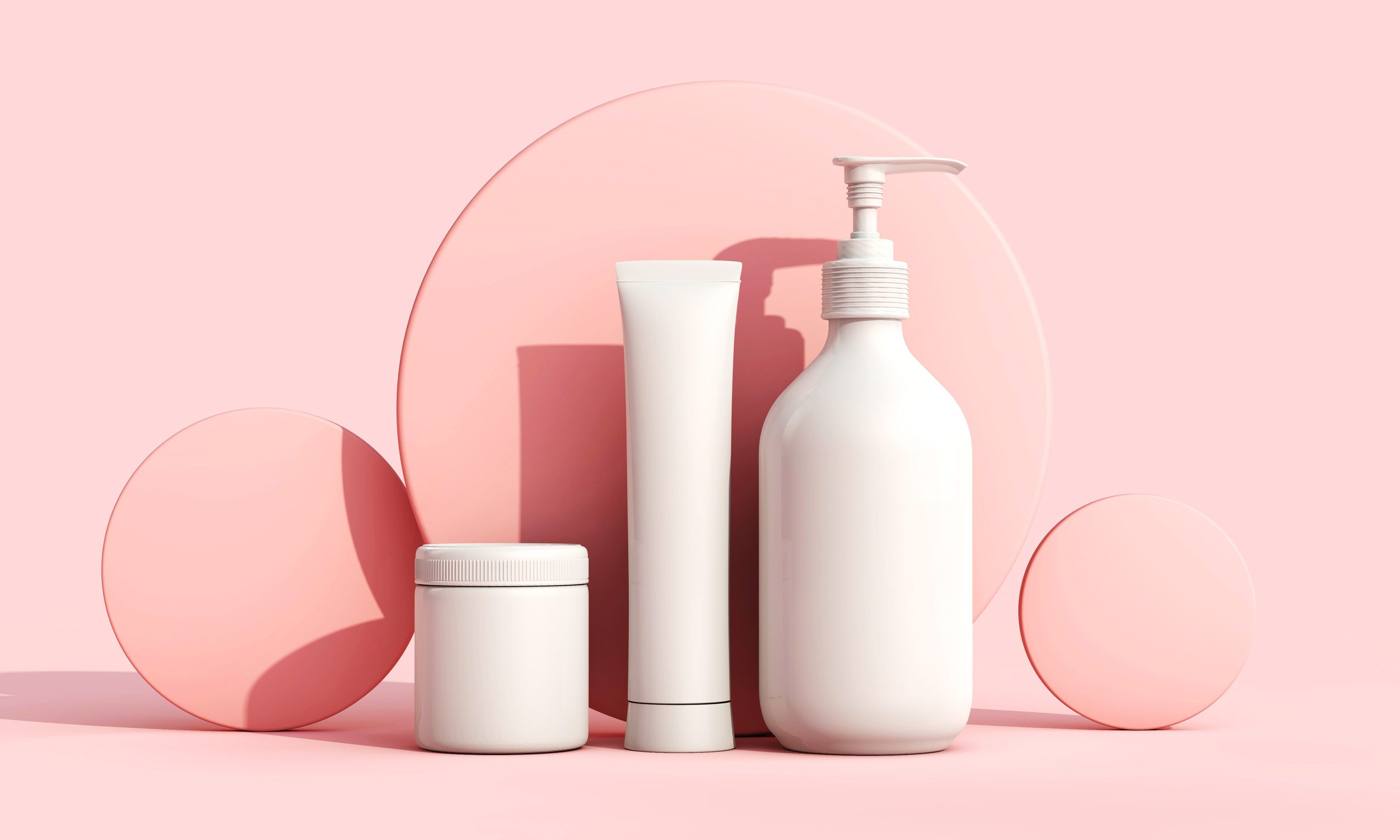Starting your cosmetic line is an exciting endeavor in a dynamic and lucrative industry. This introduction will explore the initial steps in launching a cosmetic brand, from conceptualization to understanding the market landscape.
Aspiring entrepreneurs need to grasp the complexities of the beauty industry, identify a unique niche, and develop products that resonate with their target audience.
We will guide you through each critical phase, ensuring you have a solid foundation for creating a successful cosmetic line.
1. Market Research

Effective market research is pivotal for the success of a new cosmetic line.
This phase involves:
- Identifying Your Niche: Understand the gaps in the current market or emerging trends your products can address. Focus on specific demographics or skincare concerns.
- Target Audience Analysis: Define your ideal customer based on age, gender, skincare concerns, and beauty preferences. This helps in tailoring your marketing and product development.
- Competitive Analysis: Study existing products and brands in the market. Identify their strengths and weaknesses, and find opportunities for your business line to stand out. Consider aspects like product range, pricing, and consumer loyalty.
- Consumer Feedback: Gather input from potential customers through surveys, focus groups, or social media engagement to understand their needs and preferences.
By thoroughly researching these areas, you can ensure that your cosmetic line meets market demands and has a competitive edge.
2. Product Development
Developing your product line is a crucial step in launching a cosmetic brand.
Here’s how you can approach it:
- Choosing a Product Range: Start with a focused selection of products that align with your brand’s identity and market needs. This could range from skincare essentials to niche cosmetic products.
- Formulation: Work with experienced chemists or collaborate with private label manufacturers who can develop unique formulas for your products. Prioritize safety, quality, and performance.
- Testing: Strictly test your products to ensure they meet safety standards and achieve the expected results. This includes stability testing, user trials, and ensuring compliance with relevant health regulations.
- Feedback and Refinement: Refine your products using prototype testing and consumer feedback. Make adjustments based on real user experiences to enhance the formulation before finalizing the product line.
This stage sets the foundation for a product line that meets market expectations and stands out for its quality and innovation.
3. Branding and Marketing

Branding and marketing are pivotal for establishing the identity and reach of your cosmetic line:
- Creating a Brand Identity: Develop a unique brand name, logo, and packaging design that resonates with the target audience. This identity should reflect your brand’s ethos and unique selling proposition (USP).
- Marketing Strategy: Formulate a comprehensive marketing plan that includes:
- Digital Marketing: Build customer connections through social media platforms, content marketing, and email campaigns.
- Influencer Partnerships: Collaborate with beauty influencers who align with your brand’s values to expand reach.
- Advertising: Consider both online and traditional advertising methods to promote your products.
- Launch Strategy: Plan a launch event or campaign that can create buzz and attract the attention of potential customers and the press.
You can establish a strong presence in the competitive beauty market by effectively branding your cosmetic line and deploying strategic marketing initiatives.
4. Legal and Regulatory Compliance
Navigating legal and regulatory compliance is critical for launching a cosmetic line successfully:
- Business Registration: Register your business officially to comply with local and federal laws. This includes obtaining any necessary licenses or permits.
- Trademark Your Brand: Protect your brand name, logo, and unique product names by filing for trademarks to avoid potential legal disputes.
- Cosmetic Regulations Compliance: Familiarize yourself with regulations enforced by the FDA (in the U.S.) or equivalent authorities worldwide. This includes ensuring product safety, properly labeling, and reporting adverse effects.
- Ingredient Compliance: Ensure all products meet legal standards for cosmetic ingredients and do not contain any banned substances.
Adhering to these guidelines safeguards your business against legal challenges and ensures your products are safe and compliant with industry standards.
5. Production and Supply Chain Management

Adequate production and supply chain management are vital for maintaining the efficiency and sustainability of your cosmetic line:
- Choosing a Manufacturer: Select a reliable manufacturer who consistently delivers high-quality products. Consider their production capabilities, quality control processes, and ability to scale with your growth.
- Supply Chain Logistics: Develop a robust logistics plan that includes procurement of raw materials, production scheduling, and distribution channels. Ensuring a smooth supply chain minimizes delays and maintains product quality.
- Inventory Management: Implement systems to keep track of inventory levels, manage stock, and forecast demand to avoid overproduction or stockouts.
- Quality Control: Establish strict quality control measures at every stage of the production process to ensure that every product meets your brand standards and regulatory requirements.
By managing these aspects effectively, you can ensure that your production operations run smoothly and can adapt to changes in demand and market conditions.
6. Sales and Distribution
When launching a cosmetic line, establishing effective sales and distribution strategies is crucial:
- Choosing Sales Channels: Decide whether to sell directly to consumers online, through brick-and-mortar stores, or both. Each channel has pros and cons related to reach, cost, and control.
- E-commerce Setup: Develop a user-friendly website with secure payment gateways for online sales. Utilize platforms like Shopify or WooCommerce to streamline the process.
- Retail Partnerships: If choosing a physical distribution, please identify retailers that align with your brand values and target market and collaborate with them.
- Distribution Logistics: Coordinate with logistics providers to ensure efficient product delivery. This includes choosing warehousing solutions and managing shipping methods to optimize costs and delivery times.
- Customer Service: Set up a system for handling customer inquiries and returns, crucial for maintaining customer satisfaction and loyalty.
By carefully planning your sales and distribution approach, you can ensure that your products reach your target audience effectively and maintain high customer satisfaction.
7. Scaling Your Business
Scaling your cosmetic business requires strategic planning and execution to ensure sustainable growth:
- Expanding Product Lines: Gradually introduce new products to the market, based on consumer feedback and market trends, to keep the brand fresh and engaging.
- Entering New Markets: Explore opportunities in new geographic regions or demographics. Conduct market research to tailor your approach to these new audiences.
- Leveraging Technology: Invest in technology to improve production efficiency, enhance customer experience, and simplify operations.
- Building Partnerships: Form strategic alliances with other businesses to enhance your distribution network, expand your product reach, and cross-promote with brands that share similar values.
- Continuous Improvement: Regularly gather customer feedback to refine products and services and stay competitive.
By focusing on these areas, you can scale your cosmetic business effectively, adapting to new opportunities and challenges as your market presence grows.
Conclusion
Launching a cosmetic line is a multifaceted endeavor that combines creativity with strategic planning. From initial market research to defining your niche and target audience, developing and formulating your products to branding, and establishing effective sales channels, each step is crucial to building a successful brand.
In addition, complying with legal and regulatory standards can ensure your business’s smooth and ethical operation. When expanding a business scale, it is essential to maintain adaptability and respond to market trends and customer feedback. Your cosmetic line can thrive in the competitive beauty industry with diligence and persistence.




